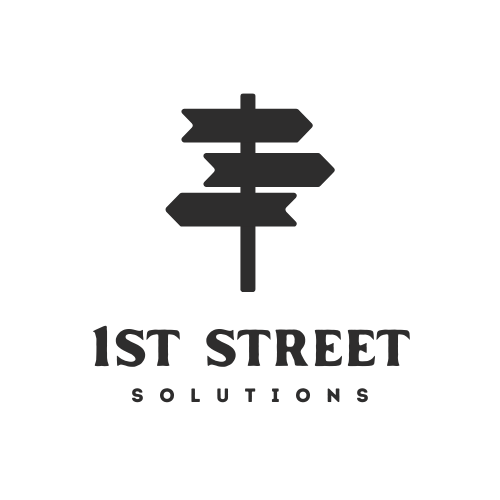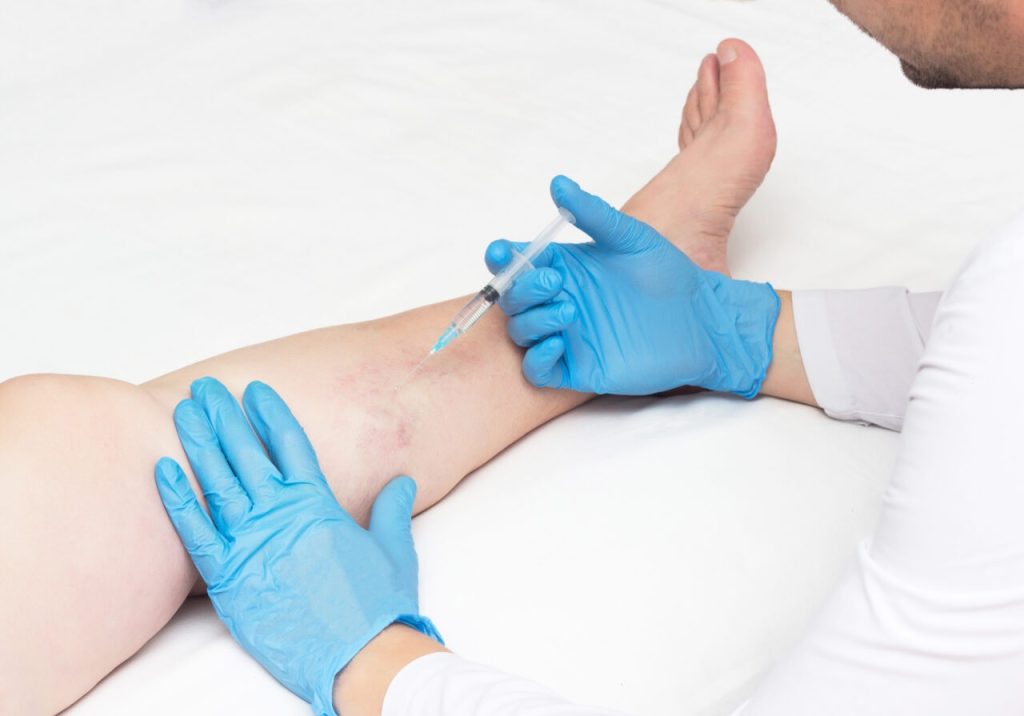When it comes to vein health, technology has significantly advanced the way specialists diagnose and treat vascular issues. One of the most indispensable tools in modern vein care is ultrasound. But what does a vein clinic do with this technology, and why is it essential for effective treatment? Understanding the role of ultrasound in vein clinic procedures can provide insight into why patients choose specialized centers like Long Island Vein Treatment for comprehensive care.
How Do Vein Clinics Use Ultrasound for Diagnosis?
Vein clinics rely on ultrasound as a non-invasive diagnostic tool to visualize the structure and function of veins beneath the skin. Unlike traditional methods that only examine surface veins, ultrasound allows physicians to assess deep veins, valves, and blood flow patterns. This capability is crucial because issues such as venous insufficiency or deep vein thrombosis may not be apparent externally.
When patients ask, “what does a vein clinic do?” one of the first answers involves diagnostic ultrasound. Vein specialists perform a detailed ultrasound scan to identify malfunctioning valves, blood clots, or other abnormalities that could lead to serious complications if left untreated. By providing a real-time view of the circulatory system, ultrasound enables accurate mapping of veins, which is essential for planning treatment procedures.
Why Is Ultrasound Important in Vein Treatment?
Ultrasound plays a central role in guiding various minimally invasive procedures. For example, treatments like endovenous laser therapy (EVLT) and radiofrequency ablation rely on ultrasound to locate and monitor the vein being treated. Without ultrasound guidance, these procedures would lack the precision needed for safe and effective results.
During the procedure, the specialist uses ultrasound to ensure that the catheter or laser fiber is correctly positioned inside the affected vein. This real-time visualization minimizes risks, reduces discomfort, and enhances the overall success of the treatment. Patients at Long Island Vein Treatment benefit from this advanced technology, as it ensures both safety and efficiency.
How Does Ultrasound Aid in Treatment Planning?
Before any intervention, vein specialists develop a personalized treatment plan. Ultrasound helps by revealing the size, depth, and condition of the veins. For instance, if a patient has varicose veins, ultrasound can identify whether the problem originates from superficial veins or deeper veins that may require a different approach.
By knowing exactly which veins are affected, doctors can tailor treatments that are minimally invasive yet highly effective. This precision reduces recovery time and improves patient outcomes. Vein Treatment New Jersey emphasizes the importance of ultrasound in planning because it allows doctors to anticipate challenges and adapt techniques accordingly.
Can Ultrasound Monitor Progress After Vein Procedures?
Absolutely. Ultrasound isn’t just a diagnostic or procedural tool—it’s also essential for post-treatment monitoring. Follow-up ultrasounds help doctors verify that treated veins have closed properly and that blood flow has normalized in surrounding areas. This monitoring ensures early detection of any complications and provides reassurance to patients that their treatment was successful.
For patients who have undergone EVLT, sclerotherapy, or other vein procedures, ultrasound serves as a way to track progress without invasive measures. Vein clinics like Long Island Vein Treatment often schedule follow-up scans to maintain optimal vein health, demonstrating how critical this technology is throughout the entire treatment process.
How Does Ultrasound Improve Patient Safety and Comfort?
One of the significant advantages of ultrasound in vein procedures is its contribution to patient safety. By providing clear imaging of veins, doctors can avoid puncturing nearby arteries or nerves, reducing the risk of complications. Moreover, ultrasound-guided procedures are typically less painful than traditional surgical options, as they require only small incisions or needle punctures.
Patients often ask, “what does a vein clinic do to minimize discomfort?” The answer is clear: ultrasound-guided treatments allow for precise interventions, which means fewer side effects, less bruising, and faster recovery. Vein Treatment New Jersey integrates this approach into all its procedures to ensure that patients have a comfortable and safe experience from start to finish.
What Types of Vein Conditions Benefit Most From Ultrasound?
Ultrasound is highly versatile and can assist in diagnosing and treating a wide range of vein issues:
- Varicose veins: Ultrasound identifies the root cause and guides treatments like ablation or sclerotherapy.
- Chronic venous insufficiency: Doctors use ultrasound to assess valve function and plan corrective interventions.
- Deep vein thrombosis (DVT): Ultrasound detects blood clots early, helping prevent potentially life-threatening complications.
- Spider veins: Although smaller veins are visible externally, ultrasound ensures that underlying veins are healthy before cosmetic treatment.
By employing ultrasound for these conditions, vein clinics can provide both therapeutic and cosmetic solutions efficiently and safely.
How Does Ultrasound Support Minimally Invasive Procedures?
Minimally invasive procedures are the gold standard in modern vein treatment. Ultrasound is indispensable for techniques like endovenous laser treatment, radiofrequency ablation, and foam sclerotherapy. By allowing real-time visualization, doctors can precisely target affected veins without unnecessary tissue damage.
This precision also shortens procedure times, reduces post-procedure discomfort, and allows patients to return to daily activities quickly. Patients visiting Long Island Vein Treatment often report minimal downtime and faster recovery, thanks in large part to the accuracy and guidance provided by ultrasound technology.
Why Choose a Vein Clinic That Prioritizes Ultrasound?
Choosing the right vein clinic is about more than convenience—it’s about the quality of care and technology available. Clinics that utilize ultrasound at every stage—from diagnosis to treatment planning and post-procedure monitoring—offer patients the highest level of safety and effectiveness.
Vein Treatment New Jersey is known for integrating advanced ultrasound technology into all aspects of patient care. This commitment ensures accurate diagnosis, precise treatment, and optimal recovery outcomes, setting a high standard for vascular care in the region.
Conclusion
Ultrasound is a cornerstone of modern vein clinic procedures. It enables accurate diagnosis, guides minimally invasive treatments, and supports post-procedure monitoring. Patients seeking expert care often find that clinics like Long Island Vein Treatment provide a comprehensive approach where ultrasound is central to success.
Understanding what does a vein clinic do becomes clear when considering the role of ultrasound—it is the tool that ensures precision, safety, and patient comfort at every stage. By choosing advanced centers such as Vein Treatment New Jersey, patients can experience the benefits of state-of-the-art technology and expert care, ensuring long-term vein health and improved quality of life.









